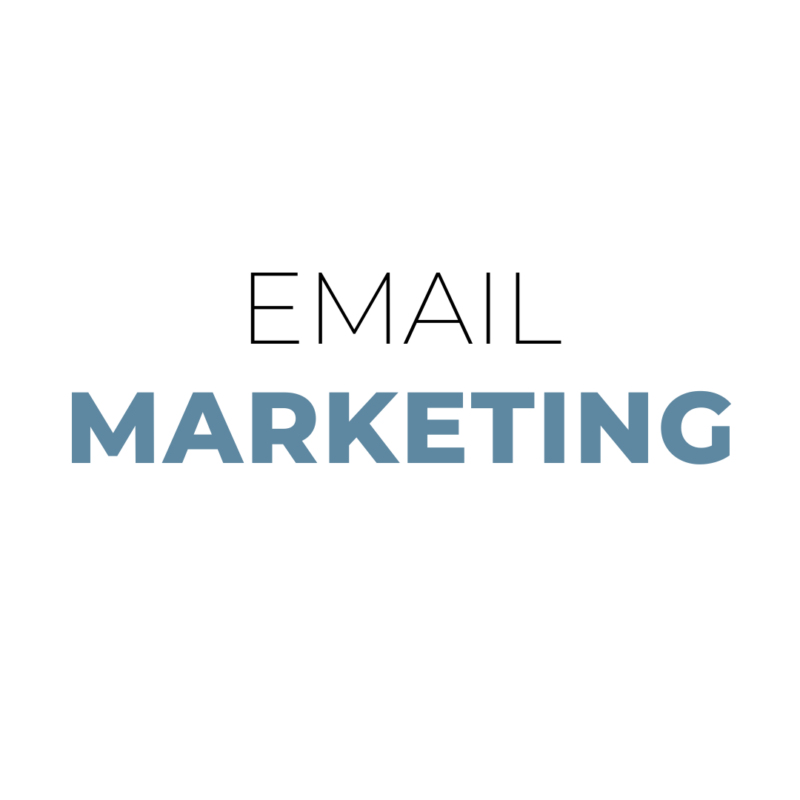I’ll say it again – repetition matters
Having to repeat yourself to an unengaged spouse or child can be the flint that ignites the next family fight. In general, we’re averse to saying, doing, watching, eating or wearing the same things repeatedly. There’s a reason we wanted to crawl out of our skin as we memorized multiplication tables or spelling words – it’s not exciting to recite the same information in succession. But there’s a reason your second-grade teacher emphasized repetition to support memorization: It works.
In public relations and key message development, repeating your primary messages, often verbatim, is essential to brand positioning. With consistent, recitable talking points, your team has branding guardrails to keep their emails, speeches, sales pitches and conversations on track. What’s the purpose of this approach? And why should you lean into repeating language when your gut tells you to balk? Here’s our rationale.
Messaging is cluttered – consistency is key for memory.
How many ads does a person see in a day? I asked Google, and surprisingly, this is a controversial topic. Opinions range from fewer than 100 to 10,000. Of course, it depends on how you define “ads” and “see,” and the ultimate total is heavily dependent on a person’s lifestyle. But the point remains that we see a lot of brand-sponsored content. While potentially discouraging, the existing clutter drives the need for consistent messaging. If it takes a person seeing your ad 15 times before they can recall your brand, you want to make sure each of those 15 hits reinforces the same message. Because if they can recognize your logo but not your core message, they may not know what to do once familiarity kicks in.
Strong messaging is relatable (ergo, repeatable).
Having repetitive messaging is a branding measuring stick. One of the reasons you should strive for repetitive messaging is that you want it to be sticky. If a summer intern can repeat your core messaging after their half-day onboarding meeting, you’re on the right track toward sticking out to consumers. People can repeat clear and relatable things, phrases that don’t use jargon, and taglines that make immediate sense for your business’s goals. Think about Disney. Their key message is “magic.” How they’ve used it in campaigns has varied over the years, but everyone knows about the power of Disney magic. Goldfish is “the snack that smiles back.” Skippy Squeeze Sticks from my childhood are “The Skippy you squeeze.” If you choose relatable messages, use everyday language and connect them to your work, your customers will start to recognize them.
Repetitive messaging helps draw corollaries across channels.
Your marketing mix should contain varied touch points. Video messages on YouTube pre-roll ads combine audio and visual messaging opportunities. An interview with a reporter creates opportunities for written expression. A podcast is direct audio messaging, while a billboard is a quick-hit visual spot. Each contributes to consumer impressions, and each consumer will come in contact with a distinct mix of content. You want all of them – whether they see one billboard or all of your materials – to walk away with the same sentiment and message. Hence, there is a need to repeat the same core messages.
A key point: The method of delivery matters.
When writing talking points or key messages, I sometimes have to remind myself that repetition is the point. I’m not running this language into the ground; I am building a foundation for all my future communications. You must remember that how you speak to someone is different than how you compose a speech. In a conversation, you look for ways to weave your key messages into the context of the discussion. In a speech, you may be giving information verbatim from a teleprompter. In preparing for a dialogue, you may create a roadmap that creates multiple entry points for your key messages because you cannot predict with 100 percent certainty what direction the conversation will go. In the more controlled environment of a speech, you can place messages in a few distinct points so they are memorable but don’t sound unnecessarily repetitive. On paper, repetition can feel strange. In a banner ad, where you have 25 characters to work with, repetition is impossible. The point of replicable key messaging isn’t necessarily to repeat it consistently in one work but across all of your outputs.
Of course, you can’t repeat messages that you don’t have. And that’s where a PR partner like Obsidian comes in. We can leverage the power of insight to identity, refine and broadcast your key messages. Ready to get started? Fill out the form below.
P.S. I worked our key message into the “ask” above. Did you catch it?


